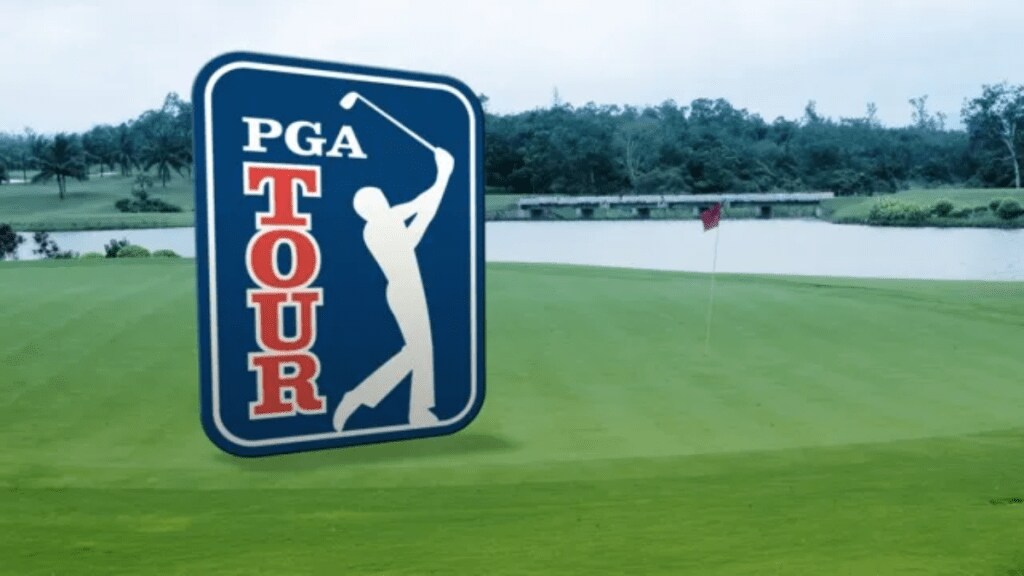If you’ve been watching the PGA Tour for the past couple of weeks you’ve probably noticed that something has changed in the telecast. Or haven’t you? They’re certainly trying, the PGA Tour is, to modernise its television broadcasts, aiming to breathe life into a format often criticised as stale and predictable. The idea is to create a more engaging viewing experience. And no, it’s not entirely in response to something LIV Tour has done. This time around, the PGA Tour — or for that matter all major professional golf tourneys around the world — face a much more formidable foe: YouTube. The numbers are staggering.4.3 billion. That’s how many people watched golf content on YouTube over a period of three months in 2024 (according to a report in the Athletic in July this year).
The ‘Good Good Open,’ an event on a popular YouTube golf channel had over 6,70,000 viewers within 24 hours. The LIV Golf Tour – which has always used YouTube to telecast its events live — garnered 3.51 million viewers on YouTube and LIV Golf+ fortis debut event in Mexico. And Bryson DeChambeau’s YouTube channel has almost 90 million career views. This isn’t just a shift in consumption; it’s almost a cultural shift to a new generation of younger viewers that wouldn’t know a stymie from a stimpmeter.
This is good news for the sport. YouTube, unlike the often-staid world of televised golf, offers a portal into a world that’s both aspirational and relatable. Instructional videos demystify the game, offering tips and techniques for players of all levels while tournament highlights provide a quick fix for those who can’t commit to hours of televised coverage. And then there’s the wild card: the rise of personalities and entertainment-driven content that’s redefining what it means to be a golfer.
Earlier this year DeChambeau gave what video journalists call a ‘piece-to-camera.’ He didn’t say anything but looked directly into the camera and gave a thumbs up! Clearly a spillover from his YouTube channel which routinely garners millions of views, the gesture bridged two disparate worlds. It’s that ability — to acknowledge and talk directly to his fans, and to viewers — that has elevated DeChambeau to more than just a professional golfer. He’s a bonafide golf personality.
YouTube channels like ‘GoodGood,’ with their infectious camaraderie and everyman approach, have amassed millions of subscribers, their engagement metrics dwarfing those of the official PGA Tour channel. These creators, with their self-deprecating humour and genuine love for the game, have tapped into a vein of enthusiasm that goes past golf’s traditional demographics. They’re not just playing golf; they’re building communities, fostering a sense of belonging that resonates with a generation raised on social interaction and online engagement.
Moreover, the emergence of alternative golf formats like Topgolf has broadened the appeal of the game, offering a more social and less intimidating entry point for those who might be intimidated by the formality of a traditional golf course. We don’t have Topgolf in India, and I’d highly recommend checking it out on your next trip overseas. It’s not for everyone to be sure — certainly not for the serious golfer intent on uninterrupted practice. But with its party atmosphere and focus on fun, it’s become a gateway to the sport, introducing a new generation to the joys of hitting a golf ball and the camaraderie that comes with it.
So what’s new on the telly then? The PGA Tour telecasts will now focus on increasing player interaction which means you can expect to see more conversations with players during their rounds, offering insights into their strategies, mindsets, and reactions to the challenges of the course. Another innovation involves the presentation of the projected cut line. Instead of simply displaying a static number, the broadcast will delve into the analytics, providing a deeper understanding of which players are likely to make the weekend and the statistical factors influencing their performance.
This data-driven approach aims to add a layer of intrigue and strategic insight for viewers. And finally, there will be a shift in focus during the early rounds. Instead of attempting to cover every player and every hole, the broadcast will hone in on specific groups or stretches of holes, providing a more concentrated and, hopefully, compelling narrative.
This last bit mirrors what you see on most popular YouTube golf channels where the focus on individual players or groups, allows viewers to connect with their stories and personalities. There’s really no competition though, broadcast telecasts of golf events only really work when they’re live and unavailable on YouTube. For those you’ll still have to switch to a paid subscription. And with that come commercial breaks. Don’t expect the frequency of those to change.
The momentum is clearly with YouTube. The platform has become the new driving range, a place where anyone can pick up a club, learn the basics, and find a community of like-minded enthusiasts. It’s a place where the stuffy rules and traditions of the past are being challenged, where personality and entertainment are as important as scores. But its biggest draw lies in its ability to bridge the gap between the aspirational and the attainable. Watching a scratch golfer navigate a championship course is awe-inspiring, but it can also be intimidating. Seeing a group of friends struggle with shanks and three-putts, all while laughing and enjoying the experience, is something else entirely. It’s relatable, it’s human, and it reminds us that golf, at its core, is a game meant to be enjoyed.


